Poker is fractured - Guest Post by Jesse May
I wrote a piece on my Substack about playing poker at the Bombay Club in Tallinn. Tim Heath asked me to follow that thought for Yolo Investments. So here goes ...
Poker is fractured. The poker world in 2025 is splintered and broken, its tentacles spread like rats running wild down the Champs-Élysées.
Let’s go back to the start. Let’s go back to Las Vegas in 1986, when Las Vegas was the center of the poker world. Then, it was commonly accepted that if you wanted to make it in poker you had to make it in Vegas. And when the Mirage opened up in 1989 with about 50 poker tables, it was glorious. Poker as far as the eye could see with the $150-$300 7-card stud game on a raised platform in the back, the toughest regular game in poker. That and the World Series of Poker, held downtown in Binion’s Horseshoe casino each May, neatly encompassed the game and everyone in it. Hometown heroes came to Vegas, got chewed up and spit out, and the machine was on. The lucky few who passed the test became Vegas pros, a hardened group from every corner of the country who were indisputably the best poker players in the world. Everyone else was just a tourist.
The 1990’s was when poker expanded. In 1990 you could mostly only play legalised poker in Las Vegas, some small clubs in California, and a tin shack on the northern peninsula of Michigan. By 1998, however, poker was fully spread across the continental U.S.. There were grand Indian casinos like Foxwoods, there were 80 tables at the Atlantic City Taj Mahal, there was the Bicycle Club and the Commerce in L.A., there was Kansas City, Arizona, and Tunica. Poker was played in cardrooms in more than 20 states. It was a frenzy of limit Texas Hold’em which was great for the house, where the money just turned round and round and a good rake was guaranteed.
And it wasn’t only America. There was a 24-hour poker room called the Concord, in Vienna, where stalwarts like Tony G and Jeff Lissandro got their start. There was the Irish Open in Dublin and the Master Classics in Amsterdam, there was poker at the Victoria Club in London, and there was the Aviation Club in France where the games were all paused at 7pm so the players could drink a bottle of wine with their fine dining meal.
Binion’s Horseshoe was still the center of it all each May, when poker players would arrive from every corner of the world to duke it out for three weeks at the growing WSOP. There were two bars at the Horseshoe, one called the English Bar and one for the Irish, and the stories and camaraderie that went late every night there in May still made poker feel like you were part of a team, part of an exclusive group of miscreants who had little more to do than the timeless shuffle of cards and the clatter of chips, the daily profit and loss that determined whether the merry could continue to go round.
But that was all nothing compared to the boom. The poker boom hit the world of gambling in 2003 and the game would never be the same. It was just a little thing called the Internet, and when people saw Chris Moneymaker, an accountant from Tennessee, parlay a $22 satellite ticket into $2.5 million dollars and the championship of the world there was no stopping the rush. When they saw Moneymaker take down Phil Ivey and Sammy Farha on ESPN, they couldn’t help but think, that could be me.
And poker was off and running. You had Pokerstars, you had Full Tilt Poker, you had Partypoker and more, with the world playing on the Internet and the biggest games now taking place behind computer screens rather than on the felt. But the real impact was seen on TV, where the sponsorship money poured in. There was the WPT, the EPT, and a constant churn of made for TV tournaments backed by every online brand that turned accountants into millionaires overnight.
Then Black Friday hit the poker world hard. On April 15, 2011, the bottom dropped out of the poker boom and here we are fourteen years later and we haven’t recovered yet. I like to think of the story of the poker player known as The Jungleman, Daniel Cates. The day before Black Friday, The Jungleman was a millionaire. He was twenty years old and had almost never left the basement of his parent’s house where he had sat behind his monitor taking on all comers at heads up poker and had built up from nothing into five million bucks. He had never made a withdrawal. To him poker was just a video game and the money was points and he was the all time high scorer. The day after Black Friday, The Jungleman was broke as molasses. His money was frozen and all he had at that moment was his talent. But don’t cry for The Jungleman, he turned out all right. And a few years later he even got his money out.
The suspension of legal online poker in the United States took an awful lot of money out of the game. Maybe all the money. Gambling regulations grew at speed and the Poker Stars Sunday Million, once the poster child of the tournament poker world, became a shadow of itself. Everybody just started playing where they could. Unregulated sites, player pools by country, private apps, the Wild West was back in town.
What does the poker world look like today? It looks like a lot of things. Poker looks like the World Series of Poker, now stretching over eight weeks and offering 100 bracelet events during the sweltering summer in Vegas, with a new owner and a worldwide plan to spread bracelets and rings like Halloween candy. Poker looks like the Triton Poker Series, where festivals with buy-ins from $25k - $1m attract a moneyed crowd of pros and joes who play nosebleeds on a golden glittering set to hundreds of thousands of viewers online.
Poker looks like the Pokerstars EPT, Hustler Casino Live, and the winner of the best tournament of the year The Irish Open. Poker looks like unregulated poker sites, private games on the app, bot farms, real time solvers, boutique events, and public card rooms that make a decision to reduce tables and put in slot machines. Poker looks like a game without a story, where the only new narrative is how big the pot is and how much can be won.
I don’t really long for the days of Moneymaker to come back again. I remember them fondly and with rose colored glasses, but that’s not what poker needs. What poker needs is a story that can unify the game and treat it with respect. And the truth is, that story already exists. It's the game itself.
Poker was great once because it is something rare, something real. But the game has lost its soul, and it needs to take it back. It needs to reconnect with its roots. At its heart, poker is a game that brings people together, to compete to win, to share in the thrill. There is nothing quite like the rush of outplaying the person sat on the opposite side of the table to you, whether it's an old friend or a stranger. We all know how good it feels.
The good news? It’s not too late. If poker is to become great again, it needs to refocus. Focus on the joy, the pure pleasure of playing the game.
This game needs more than a means to earn. I would never take away a poker player’s right to win, but a sport must pit the best against the best. A sport must have an audience. A sport must be viewed and experienced live, with no delay. A sport needs drama, energy, excitement, and moves that take your breath away. Poker can still be that, I promise.
Jesse May lives and breathes poker. He travelled the world for six years playing the game, before beginning his long running commentating career. Nowadays, he is helping make poker great again at the Bombay Club in Tallinn, Estonia!


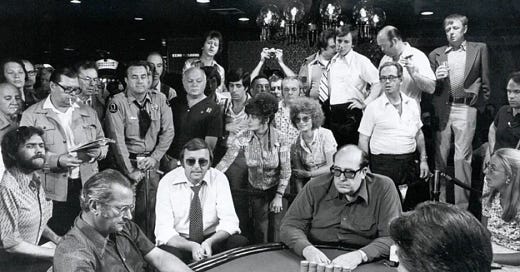



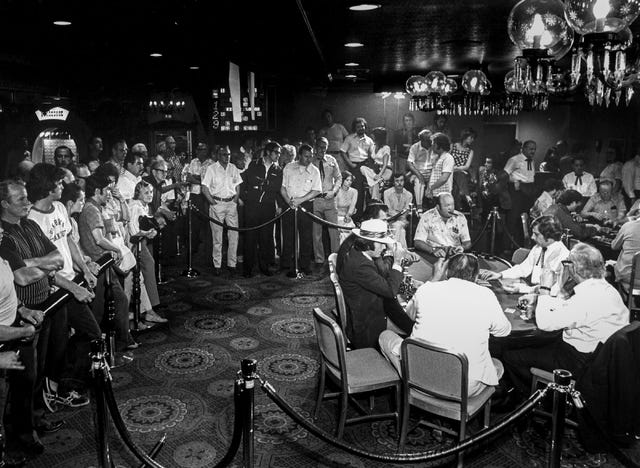
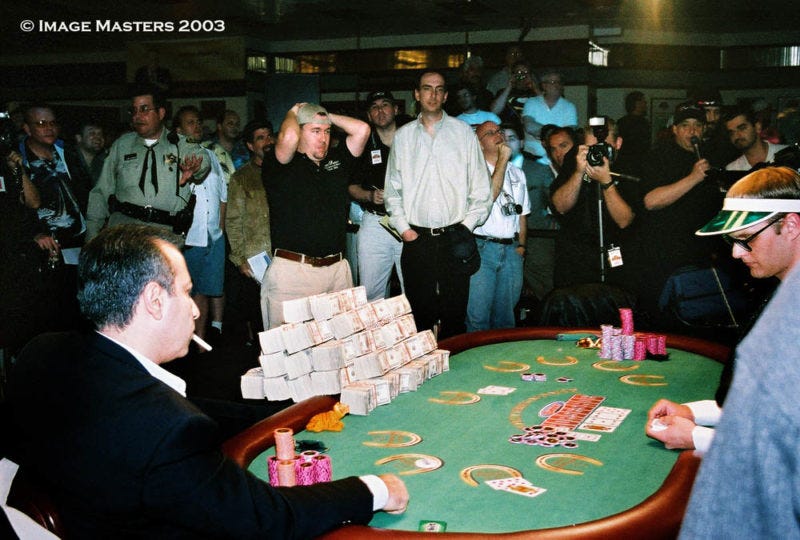

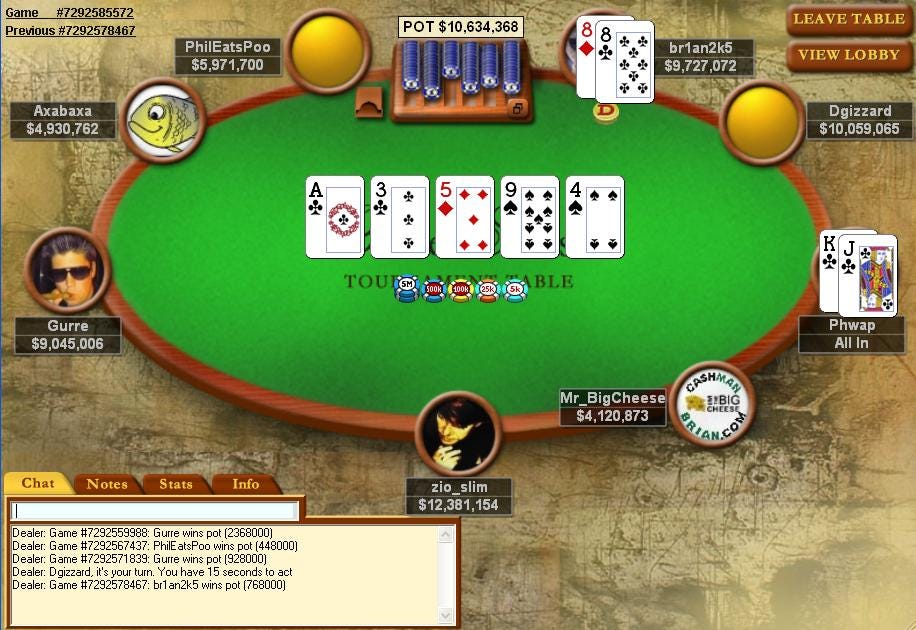
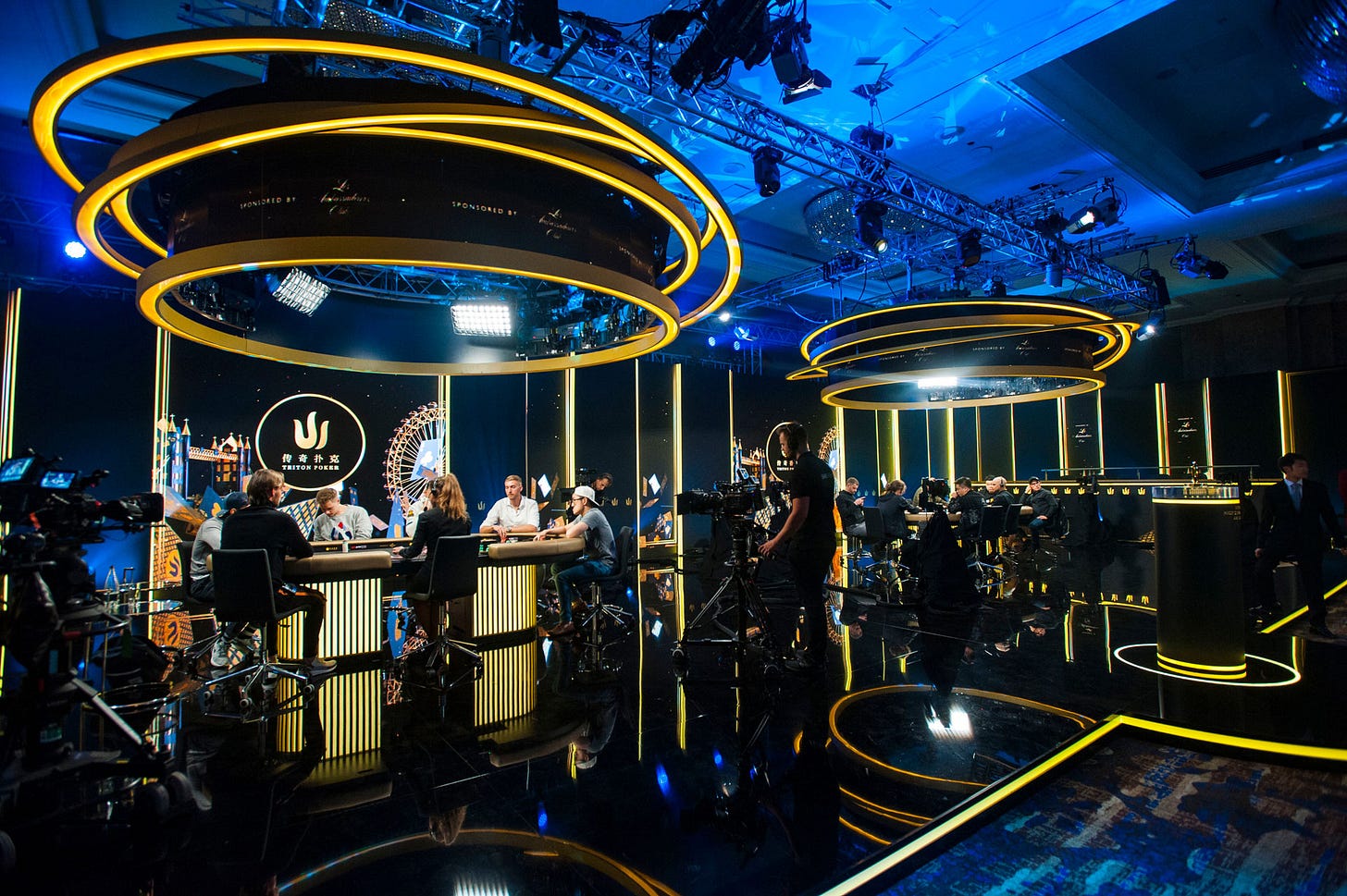

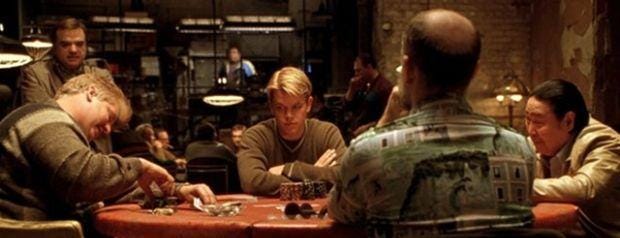
I love you, Jesse